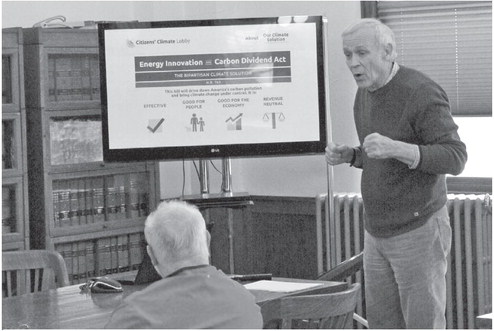Control structure is major gap in dam cost estimates


Flambeau called for keeping stop log water control, Ayres calls for a concrete spillway at Chelsea Dam
An apple to apples comparison of engineeri...


Flambeau called for keeping stop log water control, Ayres calls for a concrete spillway at Chelsea Dam
An apple to apples comparison of engineeri...